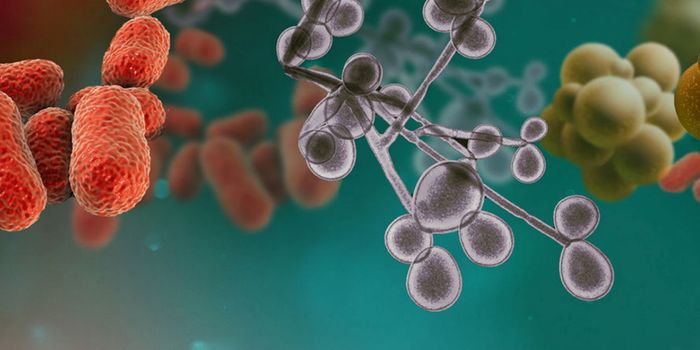No Link Found Between Vaccinations and Increased Risk of Allergic Diseases
The vaccine-allergy hypothesis derives from the hygiene hypothesis. The hygiene hypothesis was proposed in 1989 to explain the increased incidence of allergic and autoimmune diseases in developed countries compared to developing countries. The difference was thought to be related to less microbial diversity and less childhood exposure to infectious diseases in developed nations because of increased sanitation and hygiene measures. Because humans throughout most of history co-evolved with specific microbial organisms, their presence is thought to be beneficial and essential to developing a robust immune system that doesn't overreact to harmless components in the body or the environment. In the vaccine-allergy hypothesis, vaccines are proposed to dysregulate the immune system either directly by altering the function of the immune system or indirectly by reducing the number of childhood illnesses that would allow for training of normal immune responses.
It is well known that allergies and asthma have been on the rise in developed nations where childhood mass vaccinations are common. To investigate potential causes of rising rates of allergic diseases, researchers at the University of Melbourne, Australia, completed a meta-analysis of 42 published studies. The results were published in the journal Allergy and did not find evidence linking childhood vaccines to the development of allergies.
These researchers analyzed studies from 1946 to 2018 that looked at allergic disease in children who'd been vaccinated against tuberculosis, measles, or pertussis. Another study from 1998 also examined the vaccine-allergy hypothesis and also found no link between atopic disease and the pertussis vaccine.
Examples of allergic diseases on the rise include hay fever, food allergies, and eczema. The explanation is likely multifactorial, and more research is needed to examine the effects of changes in microbial exposure, dietary habits, and pollutant and environmental toxin exposures.









